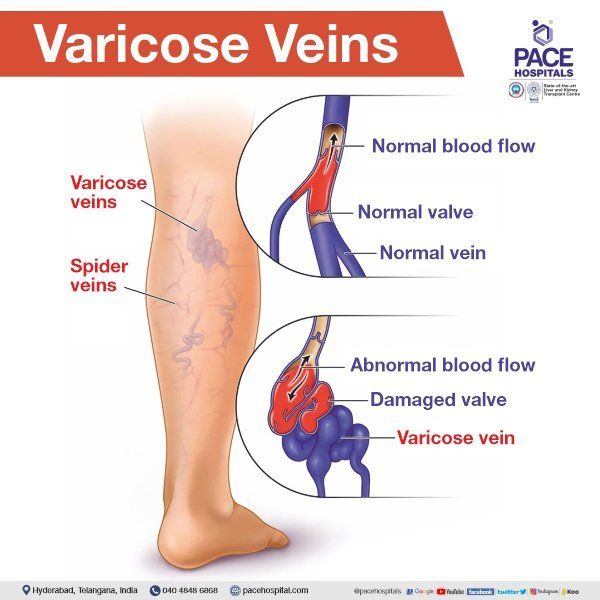
Varicose veins are tiny, swollen veins that are usually located in the legs or arms. These are often caused by a faulty valve. They are often more visible when standing up or squatting. There are various causes of varicose veins, including pregnancy, constipation, and tumors. It is also important to know that female hormones, such as estrogen, relax the vein walls and may increase their appearance.
A number of anatomical features can contribute to the development of varicose veins, including long-standing jobs, being overweight, or a family history. There are also several medical conditions that can lead to the development of varicose vein symptoms. It is important to understand your symptoms in order to determine the proper treatment. If you have any concerns, see your healthcare provider as soon as possible. There are many treatments for varicose veins, and the first step is to determine your risk factors.
In some cases, the symptoms of varicose veins can be quite severe. These swollen, bluish or purple veins can be painful and can even lead to serious health conditions. Some people can live with minor or no symptoms at all, but if you have large, symptomatic varicose veins, you should visit a doctor to determine whether or not you need treatment.
In addition to medication, you can also try special compression stockings or socks prescribed by your doctor. These socks and stockings put pressure on the legs and improve circulation by reducing swelling. These stockings and socks can be purchased at medical stores or pharmacies. If your symptoms persist, the site https://www.healthsouthsunrise.com/
may recommend more invasive procedures such as laser surgery. However, it is usually the last resort for preventing varicose veins.
In addition to age, gender and job title, the most common causes of varicose veins are. Women with many years of work are at a higher risk of varicose veins. Despite the ugly appearance, they can cause pain and affect a person’s self-esteem. In addition to cosmetic concerns, varicose veins often cause discomfort and an unsightly appearance. These conditions can also be painful and cause spasms.
If you have varicose veins, you need to be treated as soon as possible. There are several different types of treatment. Lifestyle changes can reduce symptoms and even prevent them from getting worse. Ultimately, the best treatment for varicose veins is to avoid triggers and limit them as much as possible. If you have a job that requires you to stand for long periods of time or work, you probably have vein problems.
For some women, pregnancy can increase their risk of varicose veins, but it is not a medical condition. In fact, about half of the population has a family member with the condition. During puberty and pregnancy, hormonal changes in women can lead to increased risk of varicose veins. Contrary to popular belief, pregnant women rarely experience symptoms. The condition typically improves within three months of delivery.
If you’ve been experiencing symptoms of varicose veins, you may want to see a doctor. Your healthcare provider will diagnose the condition during a physical exam. The veins will be examined in both standing and sitting positions. Often, they’ll be able to feel them by feeling them and examining them. If they’re inflamed, you may need to take anti-inflammatory drugs.
Symptoms of varicose veins can range from itchy legs to painful cramps. Symptoms associated with varicose veins are often quite similar to those of spider veins. While they’re not as noticeable, spider veins are much closer to the surface of the skin than varicose ones, and they can appear on any part of the body. They are usually red or blue and look like spiderwebs and are often found on the legs and face.
The symptoms of varicose veins can range from mild to severe. They can be painful and cause ulcers. They can also be a cause of a poor quality of life. It is important to seek medical attention if you suspect you have this condition. In addition to treating the symptoms of varicose veins, a variety of treatments are available. Some treatments involve the removal of veins.
